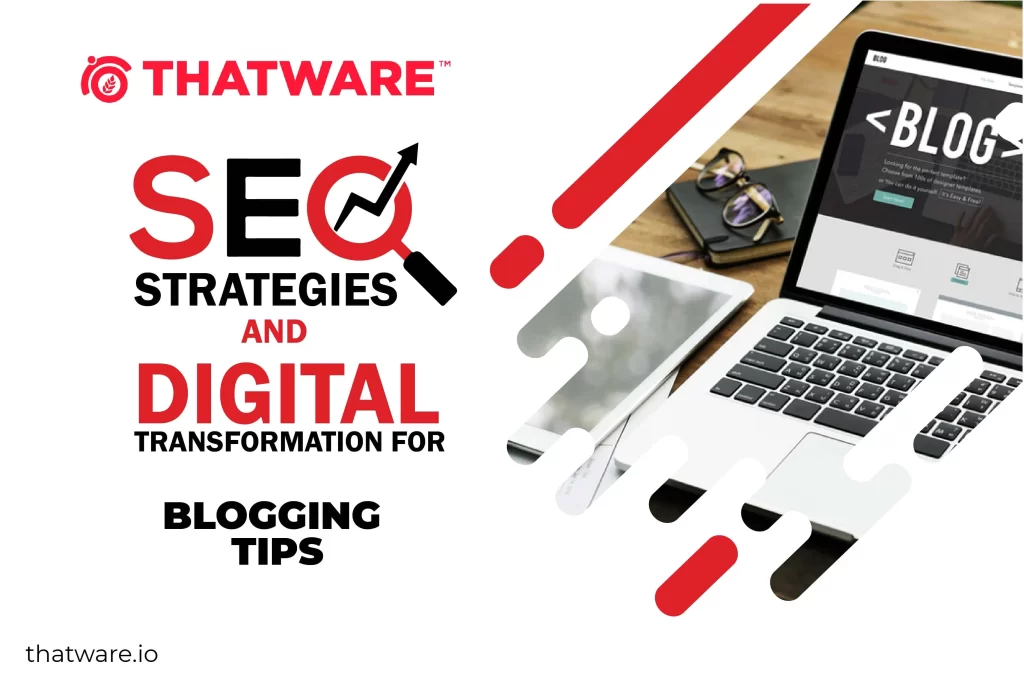In digital marketing, SEO plays an important role in maximizing the potential of a website to reach targeted audiences. It directly affects web traffic by exploring information about any product or service on-site. Blogging included on a web page needs to be optimized to engage visitors towards any information. To get a higher rank on your page, it is necessary to boost the SEO quality of your content. Here is a list of major SEO strategies that should be adopted for writing SEO-friendly blog posts.
Step 1: Determine your blog’s target audience:
Whatever industry your blog is aimed at, you will want to identify and address the core audience that will read your content. Understanding your intended audience or if you want them to click on your article. Having a look at the search engine results for the keyword phrase you would like to rank for is an easy route to get an idea of this.
Step 2: Conduct keyword research:
Before you start writing blogs, you must conduct keyword research. If you wish to overtake the search terms, you must first evaluate which words your target audience uses. Begin with the topics one’s blog covers, then widen or narrow your context. Google is becoming more intelligent, and it desires you to create content that users will enjoy. Google recognizes synonyms or other keywords linked to one’s concentrate key as one of the ways it recognizes the subject of your text.
Step 3: Deliver a great title:
The title of your blog post is the first and most influential thing that a reader sees when they come all over your article. A catchy title piques the reader’s interest by using data, asking a question, or starting with curiosity. Such words in the correct proportions in a blog title would then capture your readers’ attention and encourage them to retain the page.
Step 4: Increase the size of your blog:
Make your blog posts at least 300 words long, but maintain the size of one’s article to be balanced. When your post is lengthy, you’re requesting a large number of your readers to read the entire thing. Remember to use your focus key all over your text to ensure that you end up with just an SEO-friendly blog.
Step 5: Add content regularly:
Adding blog posts to your website on a regular basis informs Google that your webpage is active. This is a significant strategy because if your site is not active, Google would then crawl a little less, which possibly may affect your rankings. Ensure that all you post is informative, well-written content that entertains readers and matches their search intent. It’s also a smart option to refresh one’s old blog posts every now and then to keep them fresh.
Step 6: Choose enticing CTA:
CTAs are powerful marketing tools that you can include in your blog’s text or homepage to direct users to a specific section of your webpage or to take action.
You’ll need an engaging CTA on every blog article you publish, whether you’re selling a product or providing a newsletter subscription. You can easily entice a reader to read one other blog post through the use of a link to it at the end of this one.
Step 7: Include visuals:
Images and videos are two of the most popular design features on search engine results pages. To get a prime position in an image or a video video clip, you should design creative graphics and use authentic photos and videos in your blog post. Also, Alt text is an important factor in determining the degree to which your image or video would seem in the SERP and also how high it did appear.
Step 8: Make a link to available content:
Your link structure tool is essential for improving rank on search ranking pages. You should remember that linking with other content is beneficial for readers as they may be keen to read these related posts as well. It assists them in managing your content and understanding the relationships between different types of content on your site. Internal linking tools can assist you by recommending relevant posts and pages on your webpage to which you can link.
Step 9: adopt SEO plugin:
SEO plugins make it simple for webmasters to optimize specific elements of a website’s code and structure in order to make it much more crawlable by web crawlers.The page title and meta tags show up in your page’s code as well as in search results.
If your website creates these meta parts for you, they are probably not well-optimized for search engines. As a result, you should find the best SEO plugin tool to get recommendations for related keyword words to add and improve the quality of your content.
